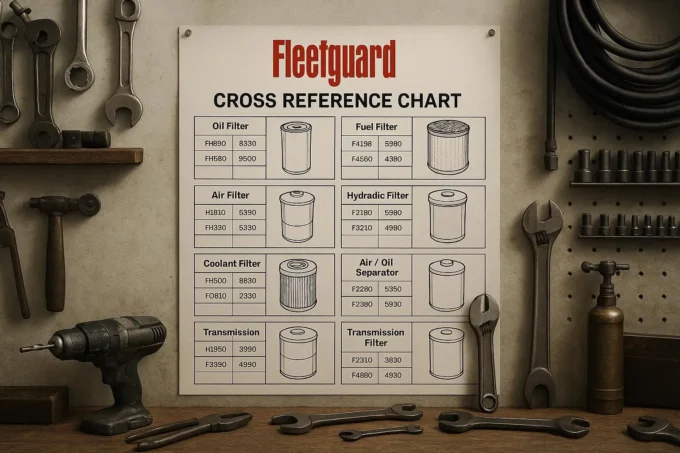In today’s industrial landscape, safety is paramount, especially in environments where workers are exposed to hazardous conditions. Whether in construction, manufacturing, or heavy-duty operations, technology has played a pivotal role in improving safety standards. From advanced protective gear to automated systems that monitor risks, the innovations introduced to safeguard employees are transforming industries. This article explores how technology is enhancing safety in high-risk workplaces, mitigating dangers, and ensuring that workers return home safely at the end of each shift.
Managing Physical Hazards with Innovative Solutions
Work environments like welding shops, construction sites, and heavy manufacturing facilities can be fraught with physical hazards. Among the most concerning is the risk of burns, eye injuries, and spark-related fires. In welding operations, for instance, dangerously hot spatter can reach up to 35 feet from the welding area, exposing workers to severe risks. This threat not only endangers the eyes and skin of employees but can also result in catastrophic fires if sparks land on flammable materials.
To mitigate such risks, companies have increasingly turned to wearable technologies and automated systems. Smart helmets with built-in visors can protect the face while providing augmented reality overlays to help workers maintain precision. Advanced clothing materials now offer heat resistance, and some even incorporate smart fabrics that alert workers to changes in temperature, giving them real-time feedback. Additionally, welding operations have incorporated automated welding systems and robotic arms that reduce the need for human proximity to hazardous sparks. These measures allow workers to perform tasks with less exposure to danger, lowering the risk of injury significantly.
Technology in Construction and Roadwork Safety
In industries such as construction and roadwork, workers face a variety of hazards, from falling debris to exposure to dangerous materials. A notable example is the global asphalt industry, which continues to expand and poses its own set of challenges. According to Statista, the global asphalt market size was valued at approximately $70.7 billion in 2020 and is projected to reach $108.2 billion by 2027. As this market grows, so does the need for improved safety measures in asphalt manufacturing and roadwork operations.
Asphalt plants and paving operations involve the handling of hot materials, high-pressure equipment, and machinery that can pose severe risks to workers. To address these dangers, modern technology is employed in the form of automated systems that regulate temperature and pressure in asphalt production, reducing the likelihood of dangerous incidents. For example, temperature sensors placed on asphalt machinery can automatically shut down equipment if it exceeds safe thresholds. Additionally, advanced GPS and drone technology is now being used to monitor construction sites remotely, reducing the need for workers to be in proximity to hazardous zones. These technological advancements make construction projects safer and more efficient while also providing valuable data that can be used to improve safety protocols over time.
Advances in Networked Safety Systems
In more technical industries, such as telecommunications and data infrastructure, workers are tasked with maintaining complex systems like structured cabling. According to Grand View Research, the global structured cabling market was valued at approximately USD 10.46 billion, highlighting the importance of this industry in supporting global connectivity. As more infrastructure is built and managed, the safety of workers maintaining these networks becomes increasingly critical.
In these high-tech environments, safety technology focuses on preventing electrical accidents and ensuring that workers do not come into contact with live wires or malfunctioning equipment. One of the most notable advancements is the use of real-time monitoring and fault detection systems. Sensors are placed within the cabling infrastructure to track voltage, temperature, and other critical parameters. If an issue arises, such as a short circuit or an overcurrent, the system can alert workers immediately, preventing accidents before they happen. In addition to these monitoring systems, wearable technology like exoskeletons helps workers maintain proper posture and reduce strain, preventing musculoskeletal injuries from prolonged work.
Technology is undeniably transforming the safety landscape in dangerous work environments. From welding operations where spatter and sparks can cause serious harm, to the expansion of the asphalt industry, and even the maintenance of structured cabling systems, new innovations are enhancing the protection of workers across industries. Automation, wearable technology, and real-time monitoring are just a few examples of how technology is being integrated into safety protocols. As industries continue to evolve, we can expect even more advancements that will reduce risks, improve response times, and ultimately ensure that employees are protected in high-risk environments. With technology leading the way, the future of workplace safety looks brighter than ever before.

















Leave a comment